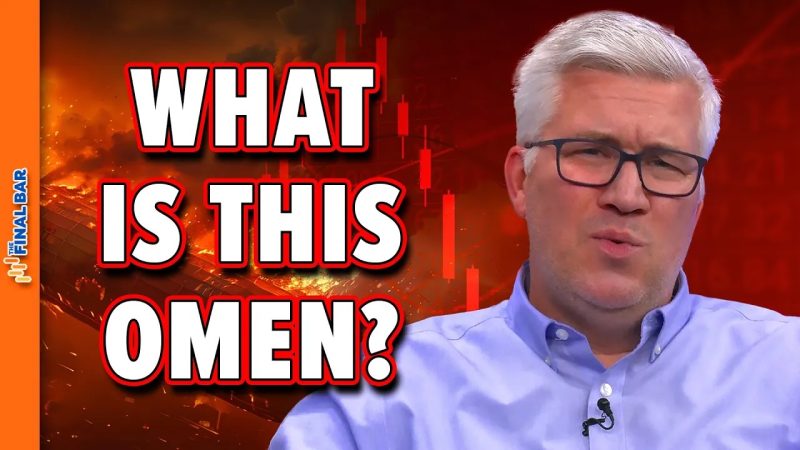The Hindenburg Omen: Understanding its Impact on the Stock Market
What is the Hindenburg Omen?
The Hindenburg Omen is a technical analysis indicator that is used to predict stock market crashes. It is named after the German airship Hindenburg, which famously crashed and burned in 1937. The indicator was created by Jim Miekka, a mathematician, and market analyst, in the 1990s. The Hindenburg Omen is based on a set of criteria that, when met, are believed to signal a heightened probability of a market downturn.
Criteria for the Hindenburg Omen
The Hindenburg Omen consists of several criteria that need to be met in order to signal a potential market crash. These criteria include a high number of stocks hitting new 52-week highs and lows at the same time, a high number of advancing and declining stocks, and a high number of stocks trading below their 50-day moving average. When these criteria are met, it is believed that the market is in a vulnerable position and a crash may be imminent.
The Impact of the Hindenburg Omen
The Hindenburg Omen has been a subject of debate among market analysts and investors. Some believe that it is a reliable indicator of a market crash, while others dismiss it as a flawed and unreliable signal. Those who support the Hindenburg Omen argue that it has correctly predicted several market downturns in the past, including the 2008 financial crisis. They believe that the indicator can help traders and investors prepare for potential market volatility and take steps to protect their portfolios.
On the other hand, critics of the Hindenburg Omen argue that it is based on arbitrary criteria and historical data that may not accurately reflect the current market conditions. They claim that the indicator has a poor track record of predicting market crashes and that relying on it could lead to missed investment opportunities and unnecessary panic selling.
Duration and Accuracy
The duration of the Hindenburg Omen signal is a point of contention among analysts. Some experts believe that the signal is only valid for a short period of time, typically a few weeks, after which it loses its predictive power. Others argue that the signal can remain relevant for a longer period, depending on the market conditions and other external factors.
In terms of accuracy, historical data shows that the Hindenburg Omen has had mixed results in predicting market crashes. While it has correctly identified a few major downturns, it has also generated false signals that did not materialize into significant market declines. This inconsistency has led to skepticism surrounding the indicator and its reliability as a market forecasting tool.
Conclusion
The Hindenburg Omen remains a controversial and widely debated topic in the world of finance. While some investors swear by its predictive power, others dismiss it as a flawed and unreliable indicator. As with any technical analysis tool, it is important for investors to exercise caution and consider multiple sources of information before making investment decisions based on the Hindenburg Omen or any other market indicator.

